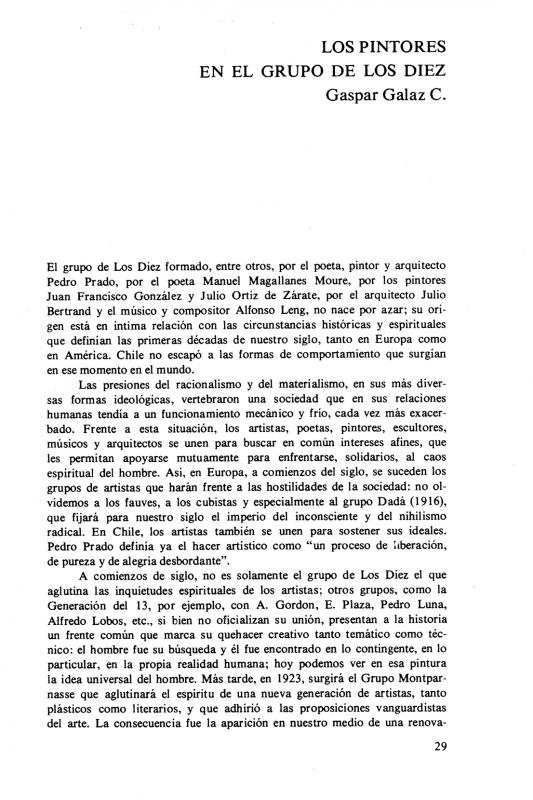These travel notes written by the architect, painter, and photographer Julio Bertrand Vidal (1888–1918) are excerpted from the book Julio Bertrand Vidal: La mirada recobrada, fotografías, 1905–1918 (published in 2004), a work that was the fruit of the preservation, research, and reassessment project undertaken by the architect Pelagia Rodríguez (b. 1958), Bertrand’s great-granddaughter. In addition to the book, traveling exhibitions visited the Chilean cities of Santiago, Frutillar, and Valparaíso, as well as Paris and Barcelona. Bertrand was not known as a photographer until this study was completed, but his images provide a window on life at the turn of the century. His photographs depict his own personal life, travels, and artistic explorations with both female and male nudes. He was methodical in his work, carefully organizing his photographs in an album. He used a stereo camera to shoot about 2,000 photographs that became part of the collection at the Biblioteca Nacional (2014). Stereo photography creates a three-dimensional effect with a special viewfinder that combines two images together to produce a sense of depth.
Bertrand trained as an architect at the L’École Spéciale d’Architecture in Paris, where he earned his degree in 1910. The following year he returned to Chile and soon joined the studio of his cousin, the architect Émile Jéquier. It was one of the most distinguished studios in the country, as Jéquier was known as “the architect of the Centenary.” In honor of that occasion, the Chilean government commissioned a series of public works, and Émile Jéquier was selected to design the Palacio de Bellas Artes that includes the Museo Nacional de Bellas Artes. While working on this project, Bertrand met the writer, architect, and painter Pedro Prado (1886–1952); together they founded the architecture society referred to as “the anteroom of Los Diez,” a group of intellectuals (writers, sculptors, painters, architects, and musicians) who promoted the cultural awakening of the early twentieth century in Chile. The group’s main goal was to create art based on the disciplines that each member represented, encouraging a free exchange of ideas to address the socio-historic conditions of the time. [For more information, see following article in the ICAA Digital Archive: “Los pintores en el grupo de los Diez,” written by Gaspar Galaz (doc. no. 765424)].

